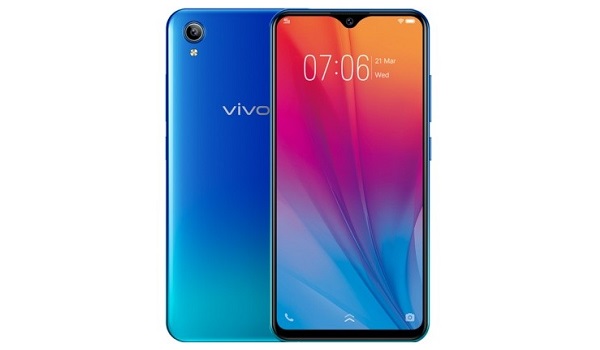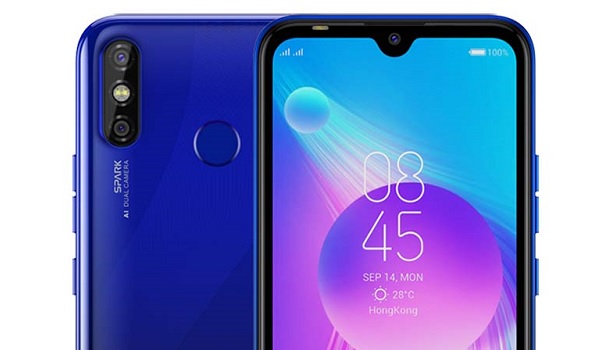The Y91C 2020 launched in February this year, while its rival on the day, the Spark 4 Air launched earlier in August of 2019. Both smartphones are entry level devices with a number of similarities and great price points. But today, it is the differences that separate both smartphones we will look more closely at, helping us select one of these devices over the other. First off, we will take a deeper look at the specs both smartphones wield in a side-by-side comparison.
Vivo Y91C 2020 vs TECNO Spark 4 Air Comparison Table
Here, we take a sneak peek at the specifications both smartphones pack under their beautiful designs.
Vivo Y91C 2020 vs TECNO Spark 4 Air: Where the Y91C Has the Edge
The Y91C has a slightly larger display with a lower screen resolution. Its larger screen makes it an interesting prospect for users who like to read e-books on their mobile devices.
It has a stronger battery that keeps it powered all day, while the Helio P22 SoC comes with decent processor speeds that keeps this device ticking. The Vivo Y91C shares the same onboard storage and external storage as its rival, while coincidentally featuring the same RAM as the Spark 4 Air.
Vivo Y91C 2020 vs TECNO Spark 5: Where the Spark 4 Air Has the Edge
The Spark 4 Air is a slightly cheaper entry-level option, costing ₦4,000 less than its rival. It also brings decent specs, a handy and comfortable build, and different color options to the fray. In the software department, this device brings the newer Android 9 Pie Go Edition to the table, with a number of newer features and updates for the Spark 4 Air. In the camera department, this smartphone features more rear cameras than the Y91C, while bringing a rather similar selfie camera as the Y91C’s to the table. It also supports 4G technology and brings 2GB of RAM with it.
Vivo Y91C 2020 vs TECNO Spark 4 Air: Which Budget Smartphone Should You Go For?
Both devices come with their different strengths, features and weaknesses. However, this matchup does not prop up a clear winner, as both smartphones share a lot of key similarities. First off, they are both available at affordable prices, with neither device costing more than ₦40,000 to procure. Secondly, they share quite a number of similarities in terms of storage, RAM, camera specifications and processor speeds, bringing two evenly matched devices to the table. Eventually, your final purchase decision depends on what you want from a smartphone (a bigger battery? A larger screen?) and how much you’re willing to splash out to get it. You are reading Mobility Arena, the essential guide for mobile phone users around the world. Be sure to check out our homepage for all the latest news and resources. To be notified of the most important articles and the best smartphone deals, join our WhatsApp Group and follow us on Instagram, Facebook, Twitter, and YouTube. Don’t know where to start? Check out our reviews.

